Want to make ski shopping for kids simple? Here's what you need to know:
- Ski length depends on height, weight, and skill level. For beginners, shorter skis (chest to chin height) are easier to control. Advanced skiers can use longer skis for more speed and stability.
- Growth matters. Opt for adjustable bindings or skis that can adapt as your child grows to avoid frequent upgrades.
-
Quick size guide:
- Toddlers: Skis between shoulder and chin height.
- Ages 4–7: Skis between shoulder and nose height.
- Older beginners: Skis from chin to nose height.
- Short skis are great for beginners. They’re easier to maneuver, reduce strain, and help kids build confidence on the slopes.
Pro tip: Use height and weight charts to fine-tune your choice. Always prioritize safety, comfort, and your child’s skill level when selecting skis.
Ready to dive into the details? Let’s explore the full guide!
How to Choose the Right Ski Size for Kids
Using Height and Weight
When picking the right ski size for your child, both height and weight are key factors. Height gives you a baseline, but weight helps fine-tune the choice for better safety and performance. Check out the table below for guidance:
| Height (inches) | Weight (pounds) | Beginner Ski Length (cm) | Experienced Ski Length (cm) |
|---|---|---|---|
| 37–43 | 34–42 | 70–90 | 80–100 |
| 44–50 | 43–57 | 95–110 | 105–120 |
| 51–57 | 58–79 | 115–130 | 125–140 |
If your child is on the lighter side, stick with the shorter end of the range. For heavier kids, go with the longer end. Combine these measurements with their skill level to find the best fit.
Matching Skis to Ability Level
Your child’s skiing ability plays a big role in determining the right ski length. Here’s how to match the skis to their skill level:
- Beginners: Shorter skis are easier to control, making them perfect for kids just starting out. For example, Snowfeet Skiskates at 44 cm provide great maneuverability for learning basic skills.
- Intermediate: As your child gains confidence, move to slightly longer skis. A solid choice is the 65 cm Skiblades, which offer more stability while staying easy to handle.
- Advanced: For kids who can confidently handle parallel turns and blue slopes, longer skis are ideal. Snowfeet Short Skis (120 cm) deliver the stability needed for faster speeds and more challenging runs.
Planning for Growth
Kids grow quickly, so it’s smart to plan ahead. Look for skis with adjustable bindings and designs that can accommodate their evolving skills. Products like Snowfeet Mini Ski Skates are a great starting point - they’re easy to handle and help build foundational skills without breaking the bank. As your child improves, you can move up to longer skis that match their progress without disrupting their learning curve.
Choosing the right ski size now can save you from frequent upgrades while ensuring your child gets the most out of their skiing experience.
How to Choose & Size Kids' Skis
Size Chart for Youth Skis
Picking the right ski size is key to keeping your child safe and ensuring they have a great time on the slopes. Use the chart below to match typical height, weight, and age ranges with the recommended ski lengths based on skill level.
| Age | Height | Weight | Beginner Length (cm) | Intermediate Length (cm) | Advanced Length (cm) |
|---|---|---|---|---|---|
| 3–4 | 3'1"–3'4" | 34–37 lbs | 70–80 | 75–85 | – |
| 5–6 | 3'7"–3'9" | 42–46 lbs | 90–100 | 95–105 | – |
| 7–8 | 3'11"–4'2" | 50–57 lbs | 100–110 | 105–115 | 110–120 |
| 9–10 | 4'5"–4'7" | 63–70 lbs | 115–125 | 120–130 | 125–135 |
| 11–12 | 4'9"–4'11" | 79–89 lbs | 130–140 | 135–145 | 140–150 |
| 13–14 | 5'2"–5'5" | 100–112 lbs | 140–150 | 145–155 | 150–160 |
When deciding on ski length, consider your child's skill level. For beginners, skis should reach between their chest and nose. Intermediates can go for skis that range from chin to nose height. Advanced skiers may prefer skis that extend up to their eye level or match their full height [1][2]. Keep in mind that these guidelines may need tweaking based on your child's growth and skiing style.
Up next: tips for choosing and maintaining youth skis to keep them performing their best.
sbb-itb-17ade95
Why Shorter Skis Work Well for Kids
Shorter skis make it easier for kids to control their movements and navigate slopes. Their compact design helps young skiers build confidence while learning essential skills.
Short Skis vs. Standard Youth Skis
Youth skis typically range from 80–150 cm, but Snowfeet's shorter designs measure just 44–65 cm. This size difference offers clear benefits, especially for beginners.
| Feature | Snowfeet Skiblades/Skiskates | Traditional Youth Skis |
|---|---|---|
| Length | 44–65 cm | 80–150 cm |
| Portability | Fits in a backpack | Requires a ski bag |
| Ease of Use | Great for beginners | Suited for intermediates or advanced users |
| Weight | Lightweight | Heavier |
| Control | Easier to maneuver | Needs more skill |
"Shorter skis are usually best for children because they are easier to learn on!" - Marietta Hoffmann [2]
Key benefits of shorter skis include:
- Easier control, making turns smoother and less tiring [3]
- Reduced physical strain for longer skiing sessions [4]
- Improved balance and fewer instances of catching an edge [3]
These advantages align perfectly with Snowfeet's designs, which are made to grow alongside your child.
Growing with Snowfeet Products
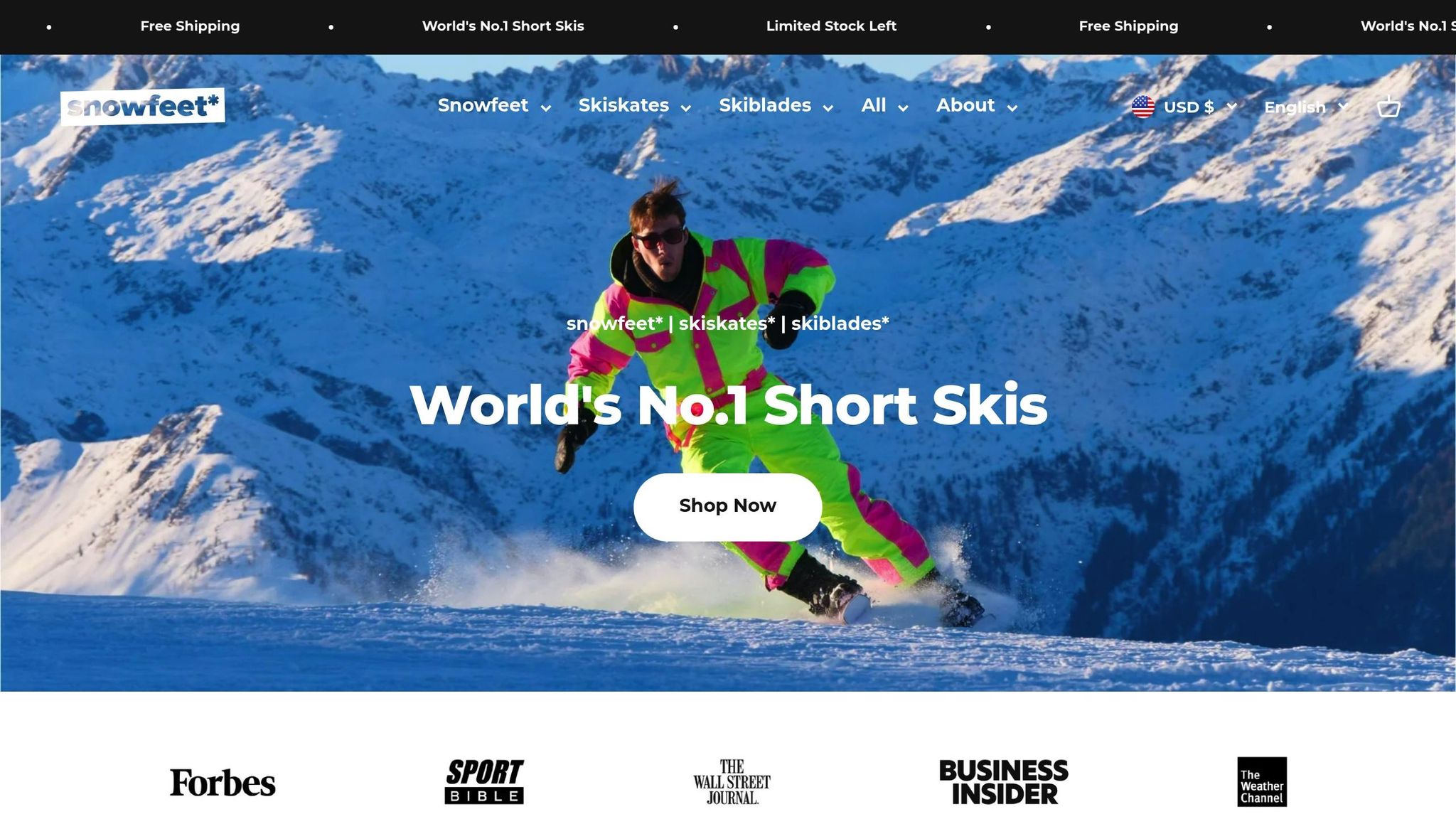
Snowfeet products are built to keep up with your child's growth. Adjustable features allow the equipment to fit various boot sizes and skill levels, minimizing the need for frequent upgrades.
"With short skis, turning becomes a breeze... shorter skis give you more control and agility." - Snowfeet Team [3]
Here’s how your child can progress:
- Start with 44 cm Skiskates to learn basic movements
- Move to 65 cm Skiblades for better carving ability
- Eventually master advanced techniques like dynamic turns and freestyle moves
For the best experience, begin on gentle slopes and gradually tackle more challenging terrain [5].
Selecting and Caring for Youth Skis
Testing Ski Fit
Getting the right skis for your child isn't just about picking a size from a chart. For beginners, a good rule of thumb is to choose skis where the tips reach about chest height.
When trying out Snowfeet products, follow these steps to ensure a proper fit:
- Check the boot fit in the bindings: Make sure the boots fit securely and comfortably.
- Confirm binding adjustments: Ensure the bindings are set correctly for your child’s weight and skill level.
- Assess weight distribution: Have your child stand on the skis to check their balance and stability.
"When it comes to buying children's skis, you want to avoid choosing skis that 'they'll grow into.' Longer skis are harder to steer, which makes it tough to learn. It's always possible to ski on shorter skis with comfort and control, but the opposite isn't true." - SkiCanada.org [6]
Once the fit and balance are right, regular care will keep the skis in top condition.
Basic Ski Care
Taking care of skis ensures they perform well and last longer. Here's a simple maintenance routine:
| Maintenance Task | Frequency | Important Notes |
|---|---|---|
| Visual Inspection | After each use | Look for any damage or wear. |
| Cleaning | After each session | Wipe down with a soft cloth. |
| Drying | Before storage | Prevent rust and moisture damage. |
| Waxing | Every 3-5 trips | Keeps the base smooth and fast. |
| Professional Tuning | At the start of the season | Maintain edges and bases. |
For Snowfeet products, pay special attention to:
- Binding Care: Keep the adjustment mechanisms clean and dry to ensure they work properly.
- Base Maintenance: Wax the skis if you notice any white discoloration on the base.
- Storage: Use ski straps and store them in a cool, dry place to prevent damage.
After transporting skis, clean off any salt or grime to avoid long-term damage. Following these steps will help keep your Snowfeet skis safe and ready to perform all season.
Lastly, don’t forget to inspect your child’s boots every 3-5 years for:
- Compressed liners
- Loose or broken buckles
- Cracks in the shell
- Proper fit as your child grows
Regular maintenance and careful selection will make skiing safer and more enjoyable for your child.
Conclusion: Keys to Youth Skiing Success
Getting the right ski size for your child is crucial for safe and enjoyable skiing. As Chase Lambert, Ski Expert, points out: "Selecting the right ski length is pivotal for children, as it influences their learning speed, control, and stability" [7].
Here’s a quick guide to help you choose the right ski length:
| Skill Level | Recommended Ski Height | Benefits |
|---|---|---|
| Beginner | Chest to chin height | Easier control and better maneuverability |
| Intermediate | Chin to nose height | Improved stability as skills develop |
| Advanced | Up to forehead height | Greater speed and performance potential |
When it comes to specific options, Snowfeet's 65 cm Skiblades are a great starting point. Their shorter length allows for easier turning and better control, perfect for beginners. For those looking for even more maneuverability, the 44 cm Skiskates make learning more enjoyable and fun for kids just starting out.
"Overall, consultation with professionals and involving your child in the decision-making process will make a big difference in ensuring a safe, comfortable, and fun skiing adventure." - Chase Lambert, Ski Expert [7]
FAQs
How can I make sure my child’s skis will fit as they grow throughout the season?
To ensure your child’s skis fit well as they grow, focus on choosing the right size and type for their needs. Youth skis should typically reach somewhere between their chest and nose. For lighter kids, aim for shorter skis in this range, while heavier kids may need skis closer to their nose for better support.
If your child is a beginner, shorter skis are easier to control and more forgiving, while experienced skiers may prefer slightly longer skis for added stability. Keep in mind that kids grow quickly, so it’s okay to size up slightly, but avoid skis more than 4 inches (10 cm) longer than the recommended size to ensure safety and comfort on the slopes.
Why are shorter skis a better choice for beginner kids compared to traditional youth skis?
Shorter skis are a great option for beginner kids because they are much easier to control and turn, helping young skiers feel more confident as they learn proper techniques. They require less physical effort, which reduces fatigue and allows kids to spend more time practicing and having fun on the slopes.
Additionally, shorter skis improve balance and stability, making it less likely for beginners to catch an edge. This not only enhances safety but also makes the learning process more enjoyable. For growing kids, shorter skis are a practical and beginner-friendly choice, offering comfort and ease as they build their skills.
How can I choose the right ski size for my child based on their skill level?
Finding the right ski size for your child depends on their skill level and ensures they have a safe and enjoyable experience on the slopes. Shorter skis are ideal for beginners because they’re easier to control, helping kids build confidence as they learn the basics. As their skills improve, they can transition to longer skis, which provide better stability and performance at higher speeds or on challenging terrain.
For beginners, skis should generally reach between the chest and chin. Intermediate skiers may prefer skis closer to their nose, while advanced skiers can use skis that match their height. Additionally, consider the terrain - shorter skis are great for quick turns and tighter spaces, while longer skis excel at speed and off-piste skiing. By balancing size and skill level, you can help your child progress and enjoy their time on the slopes.

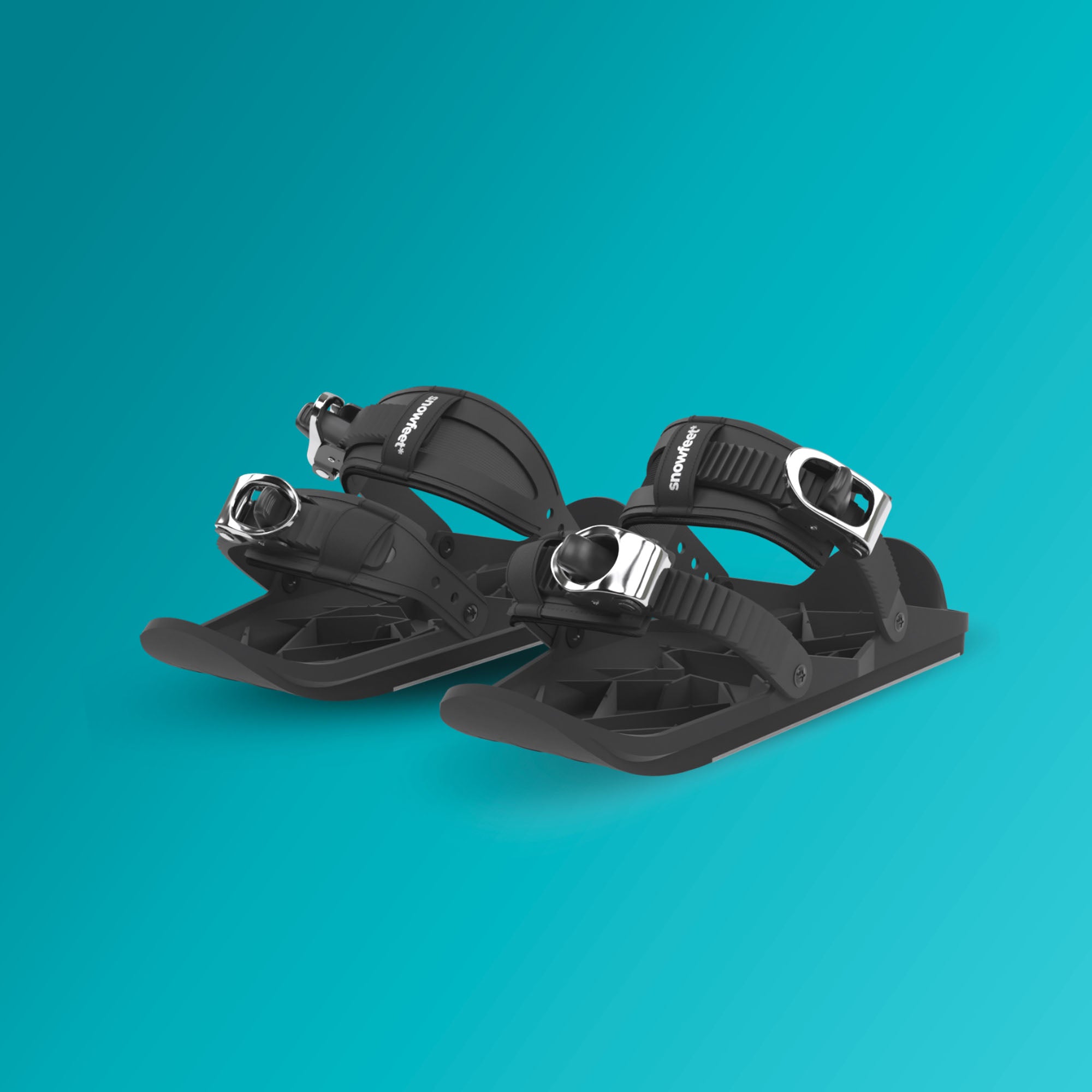


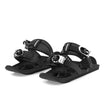
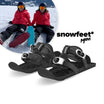

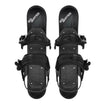


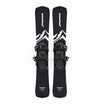
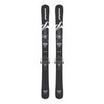
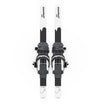
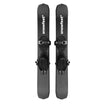
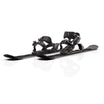
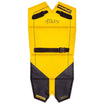

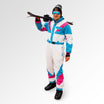
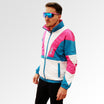
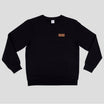
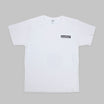
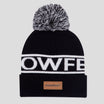
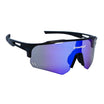
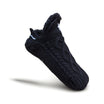
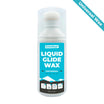
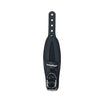
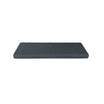
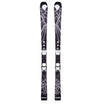




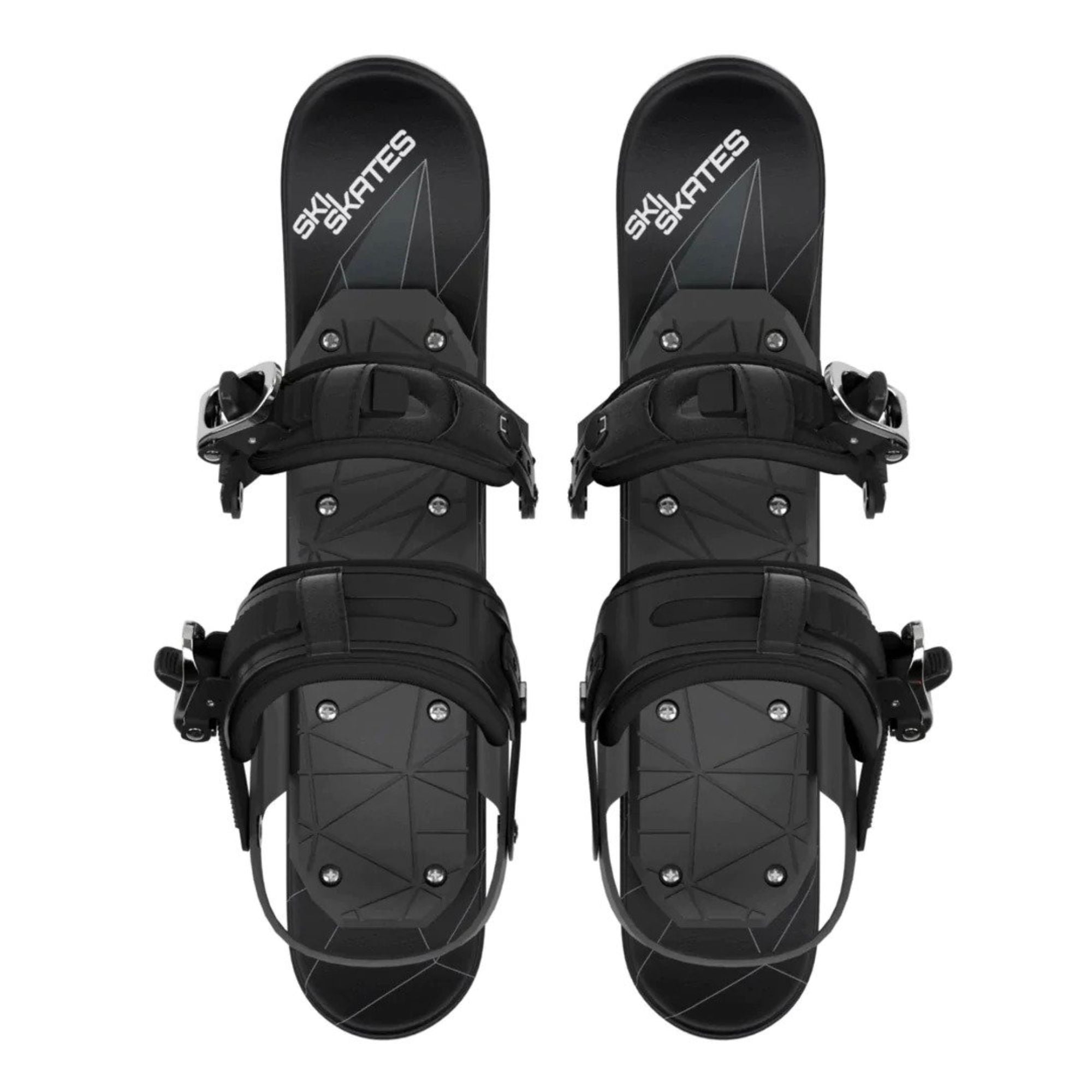
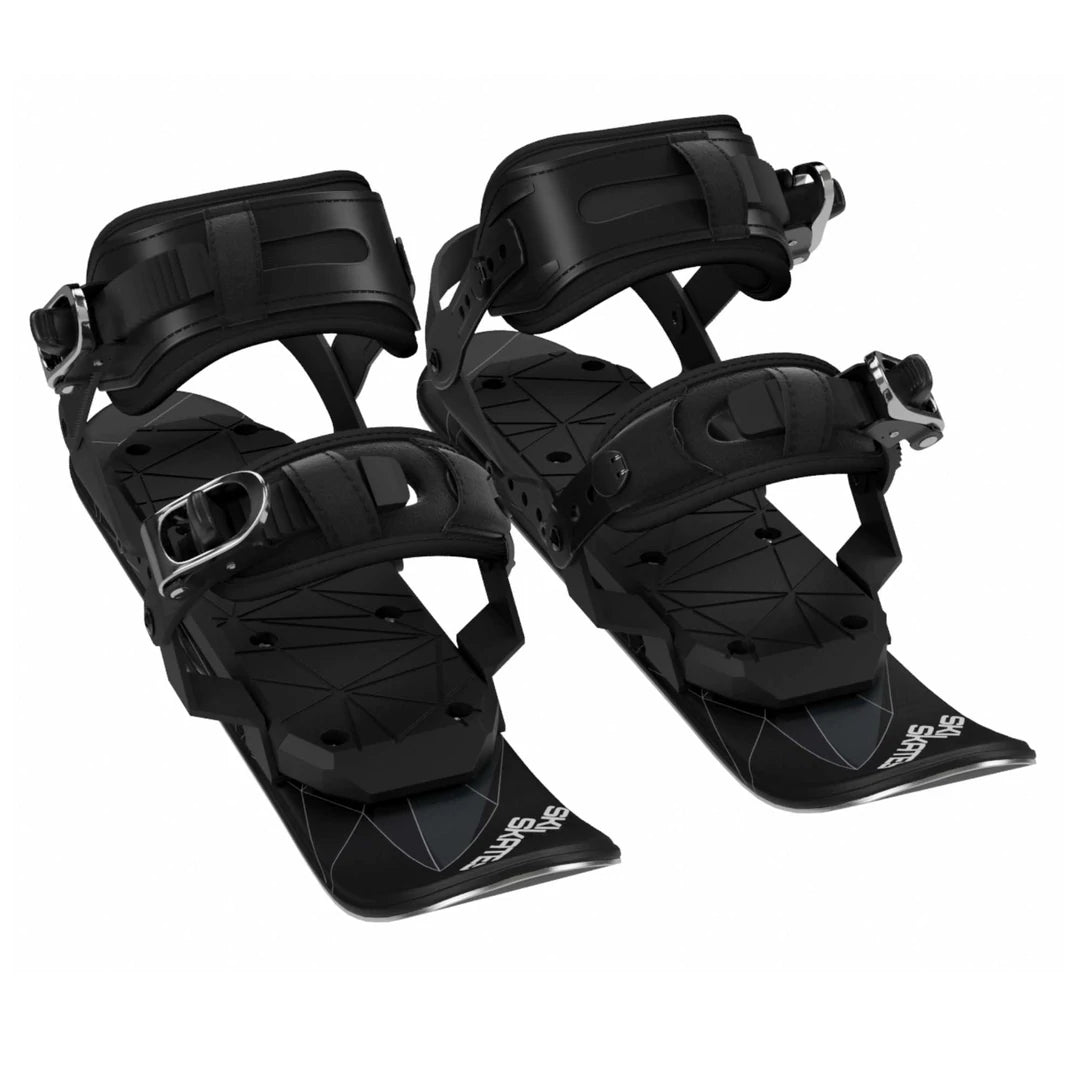
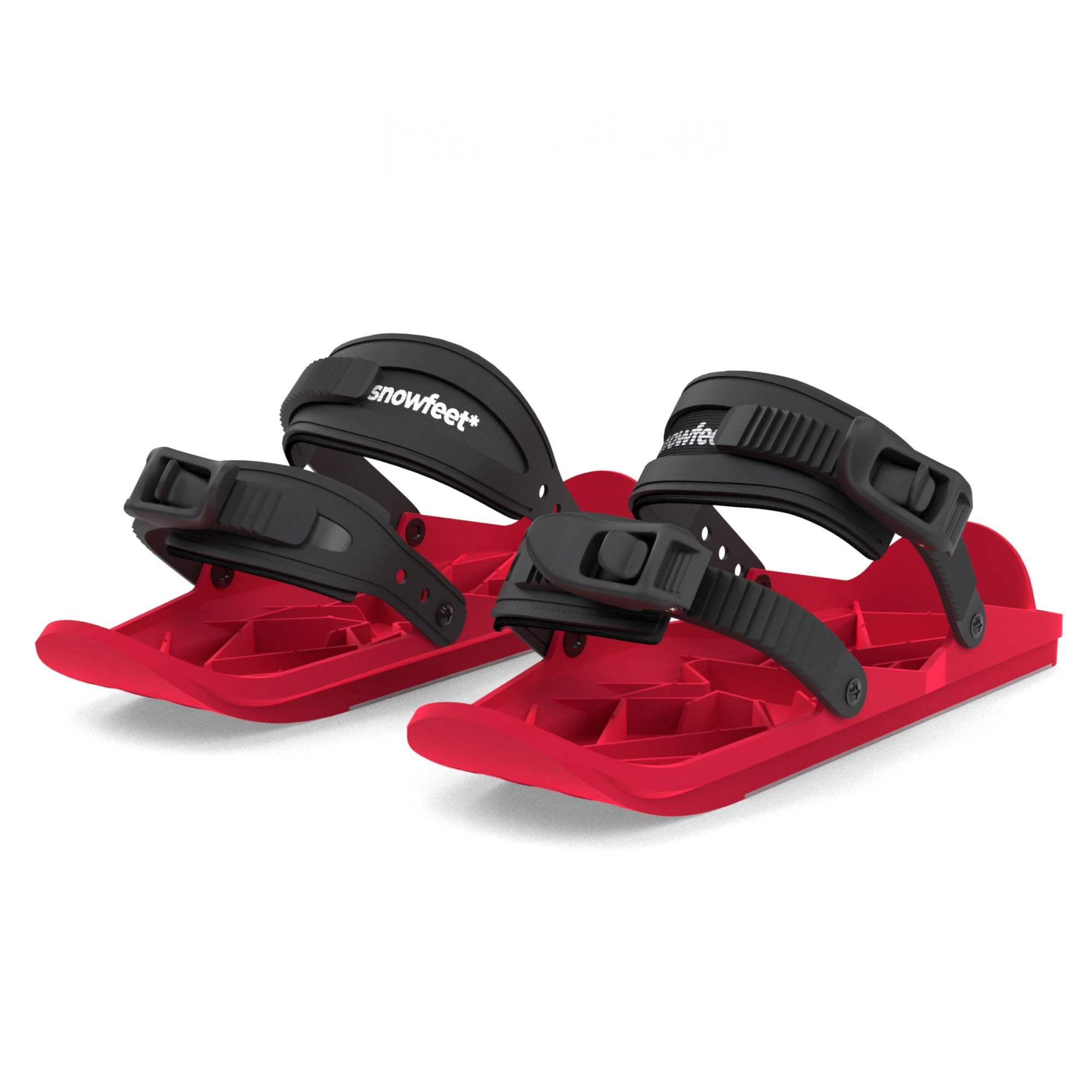
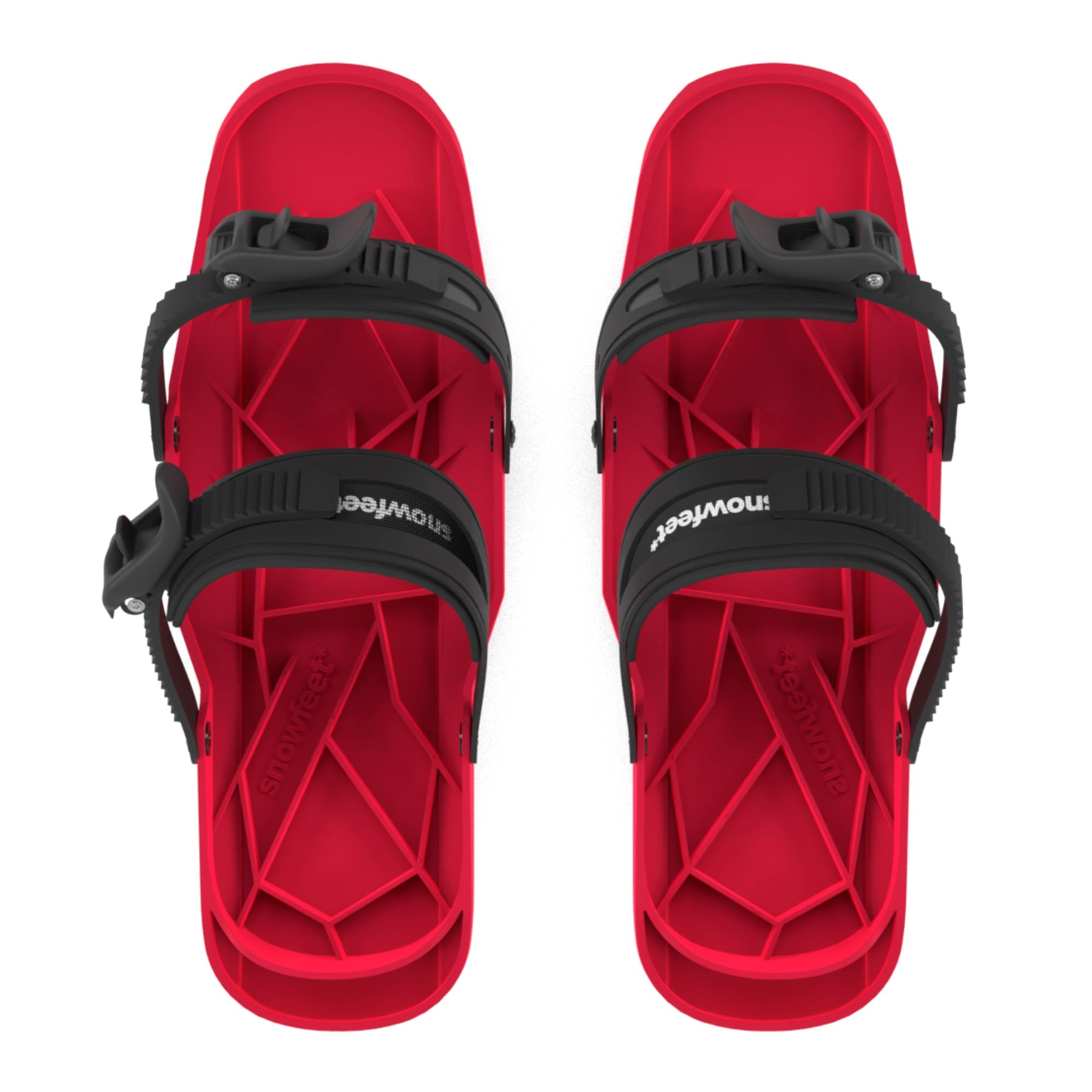




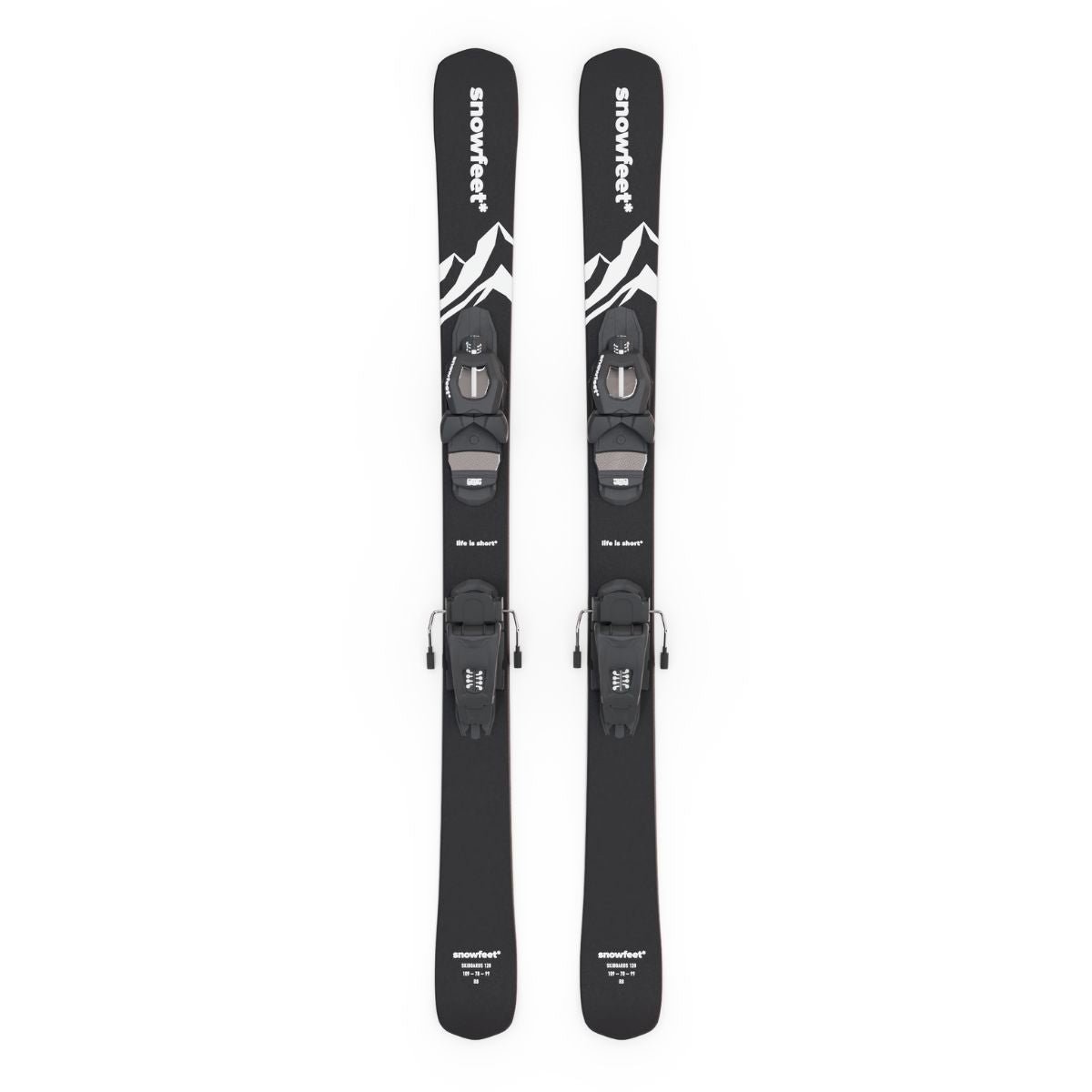
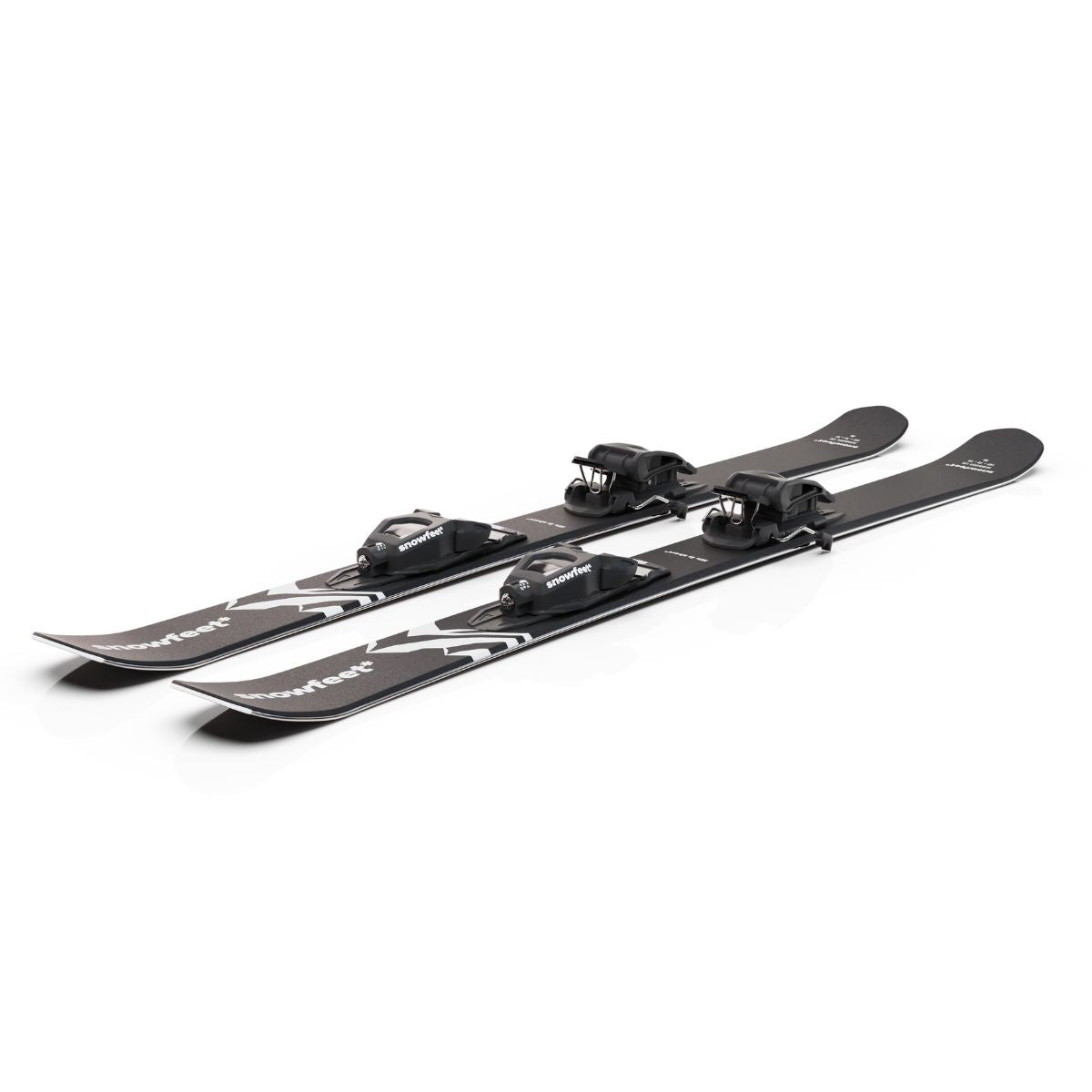
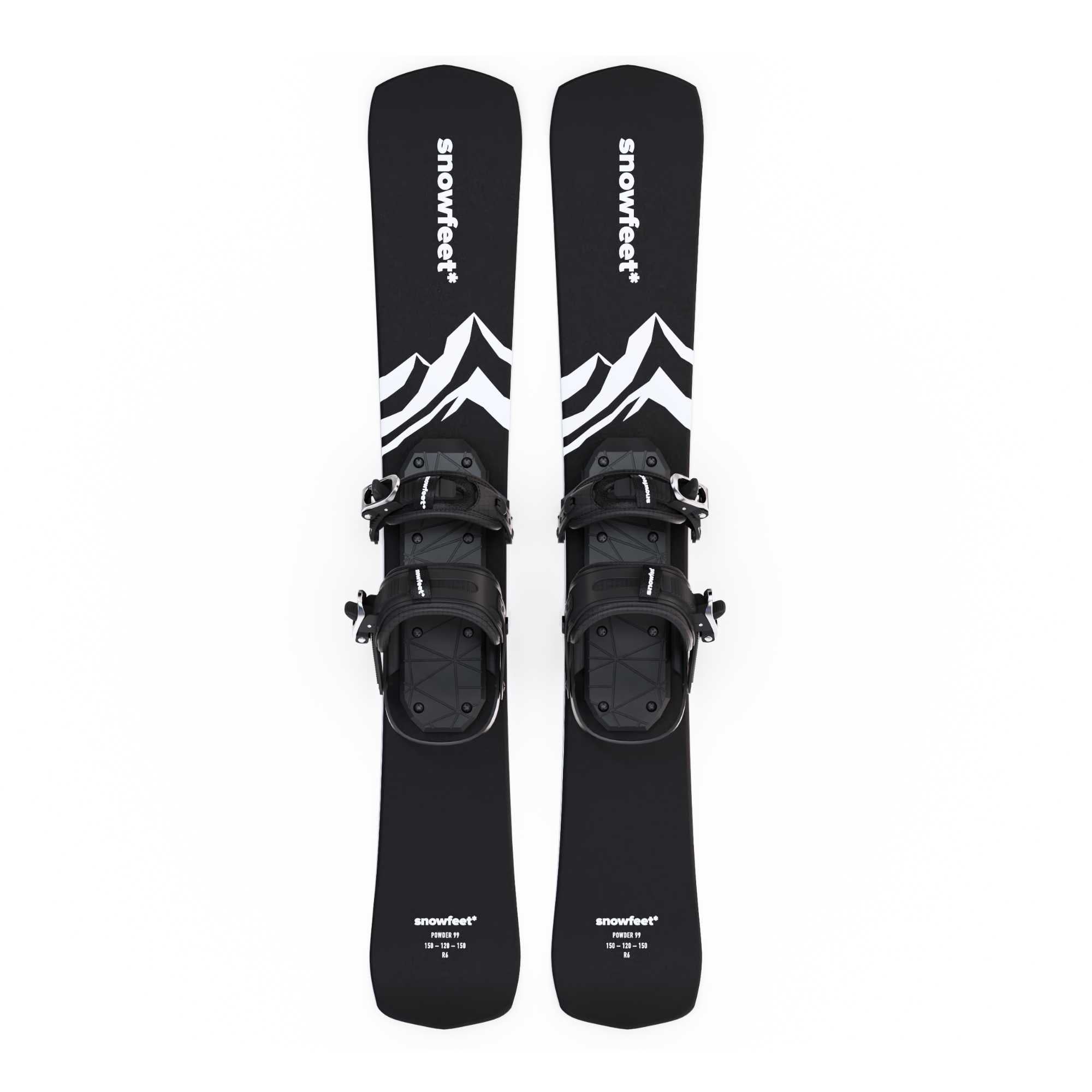
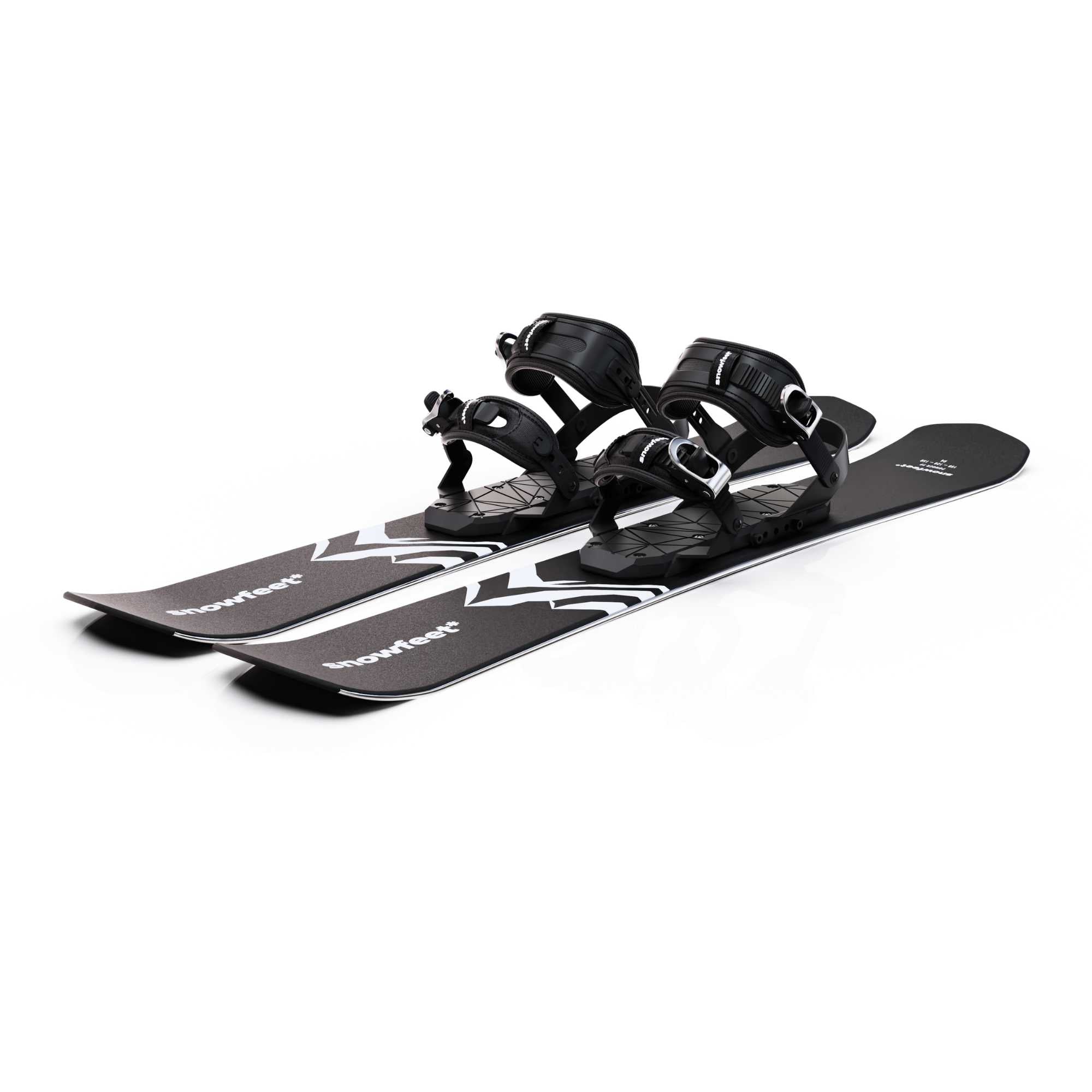
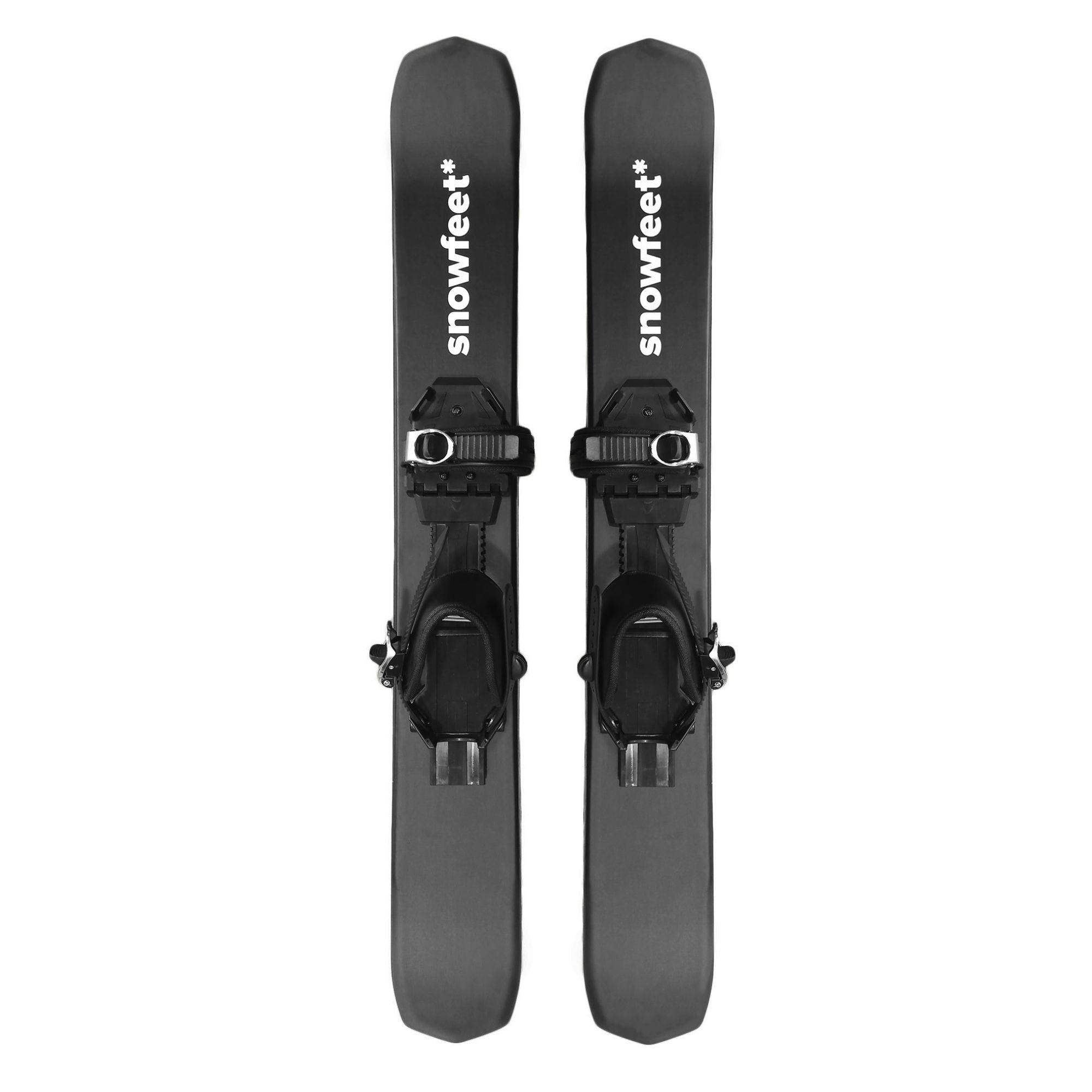
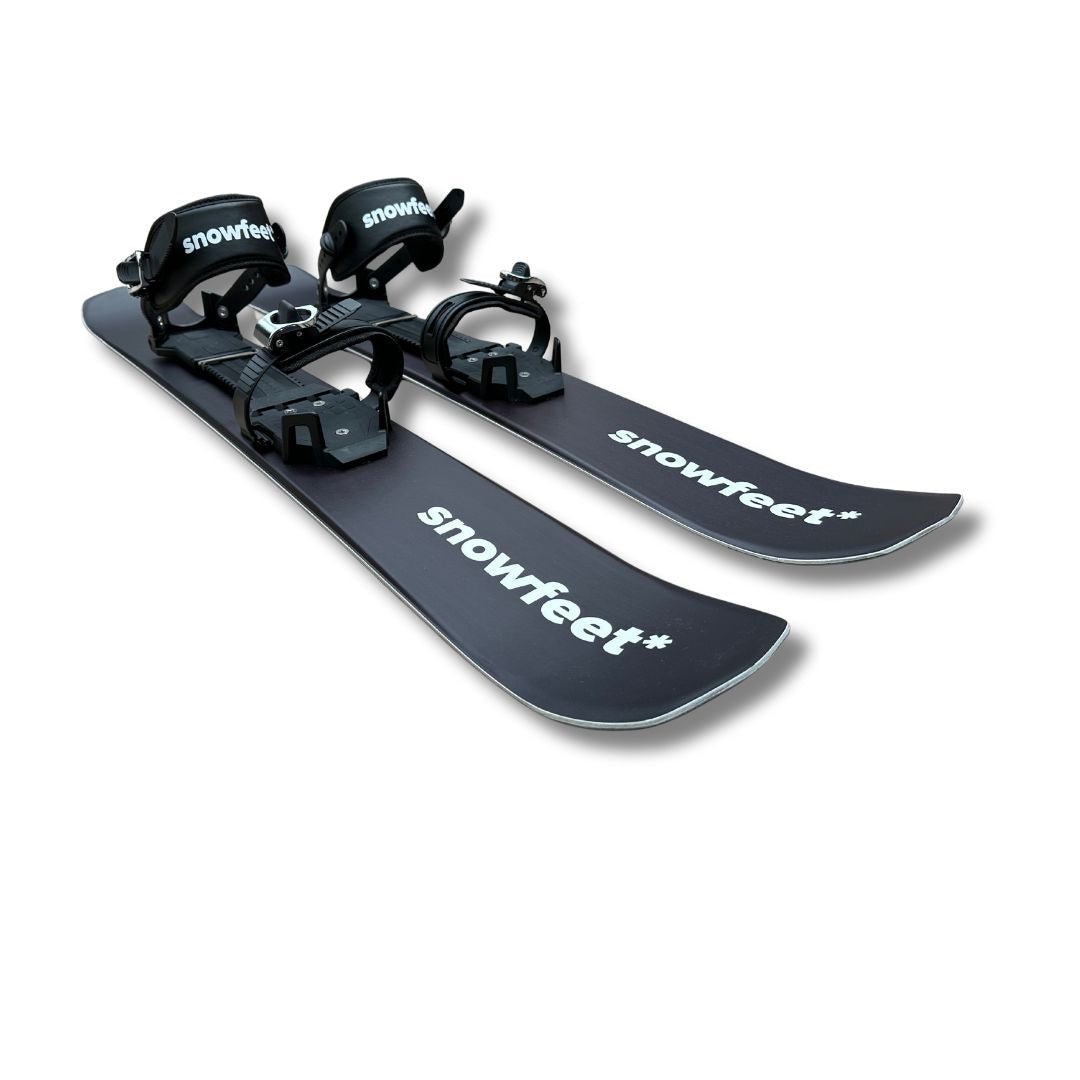
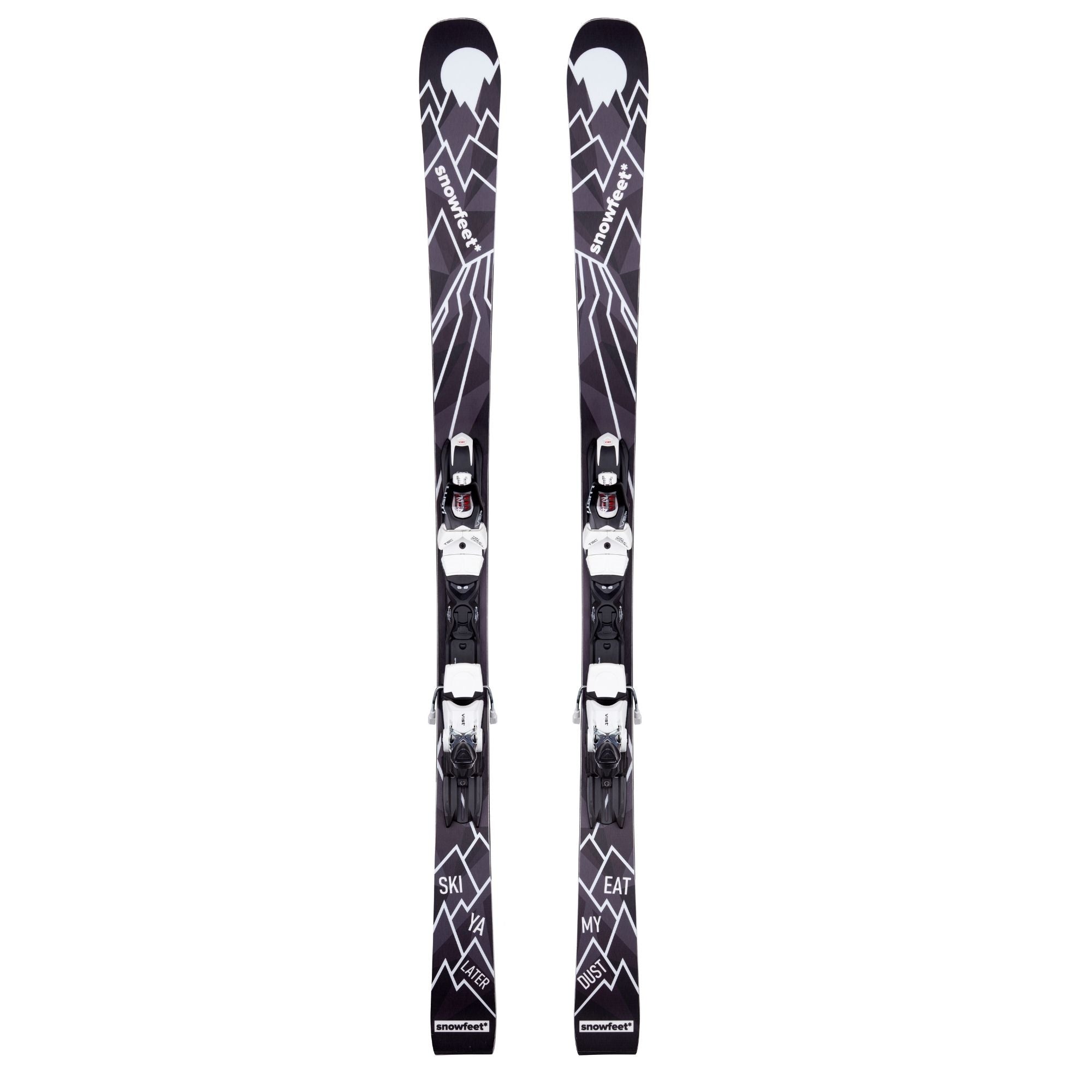
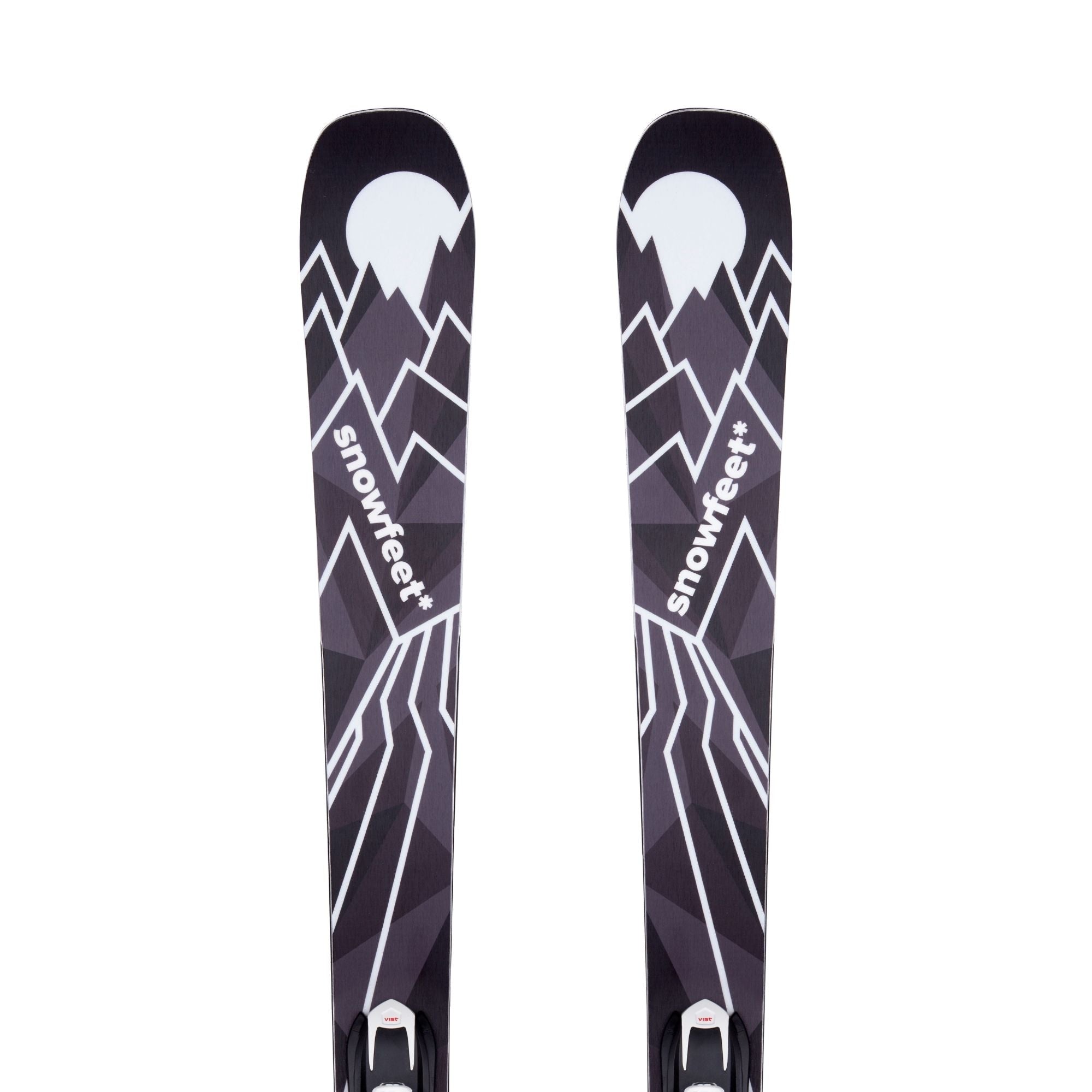
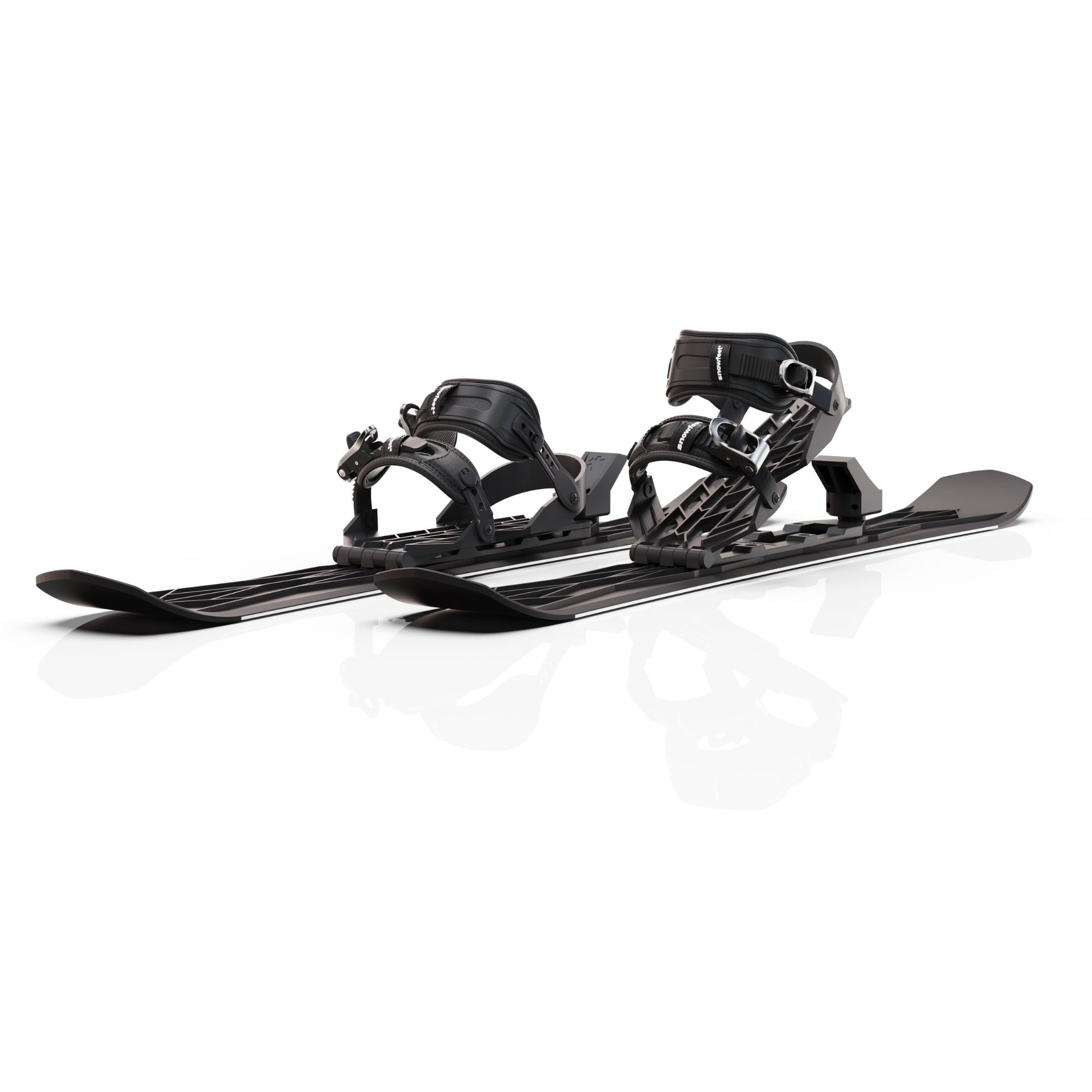

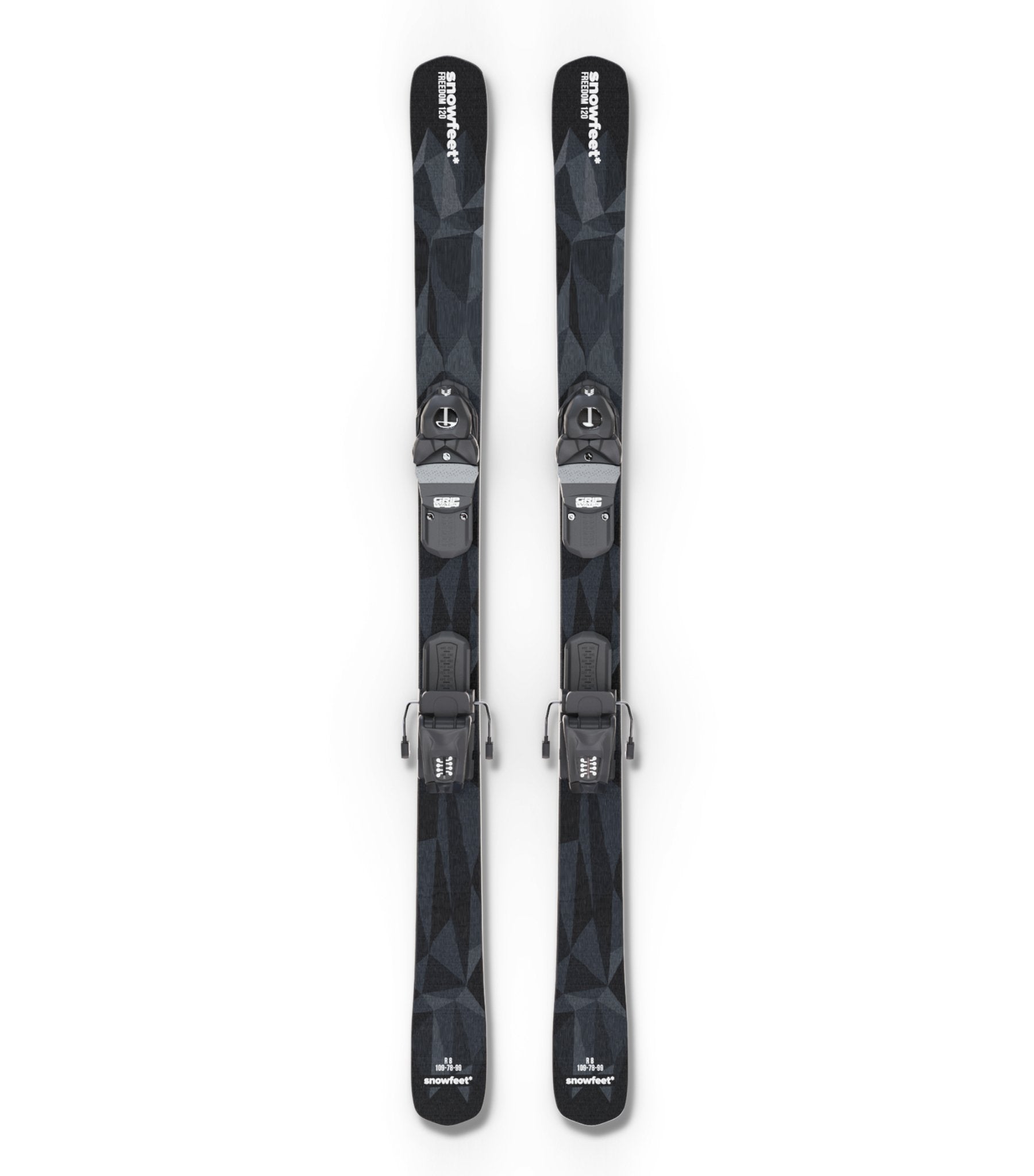
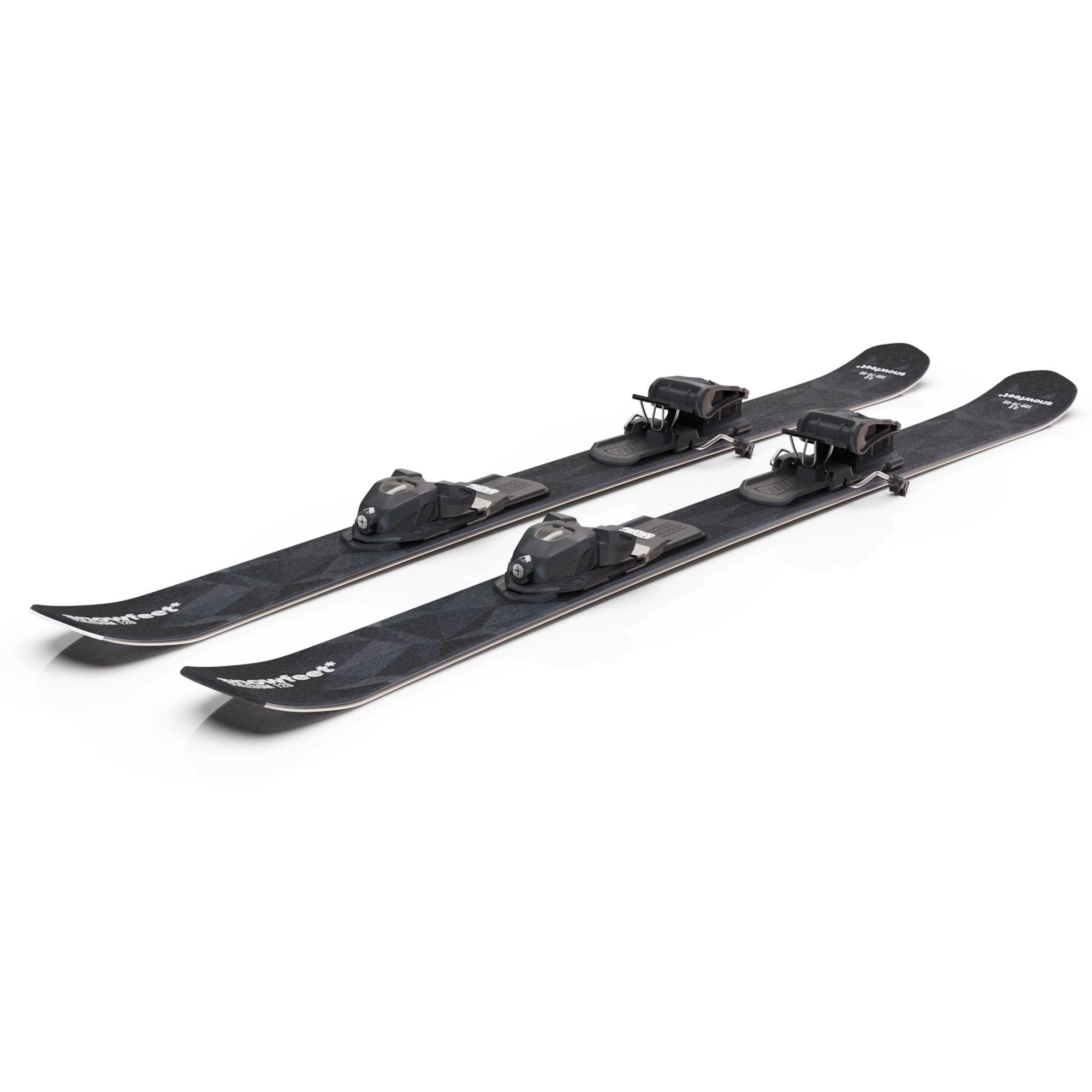
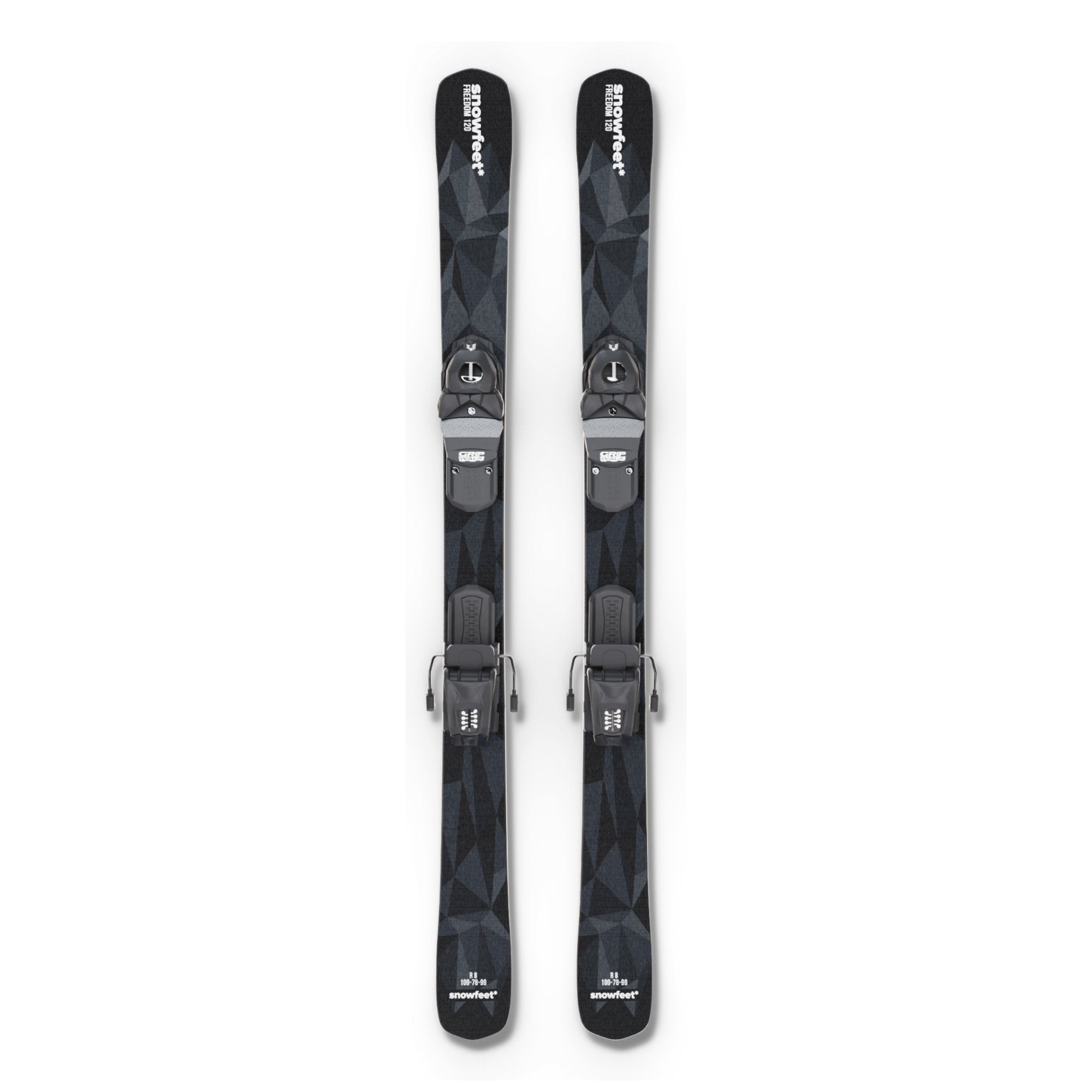
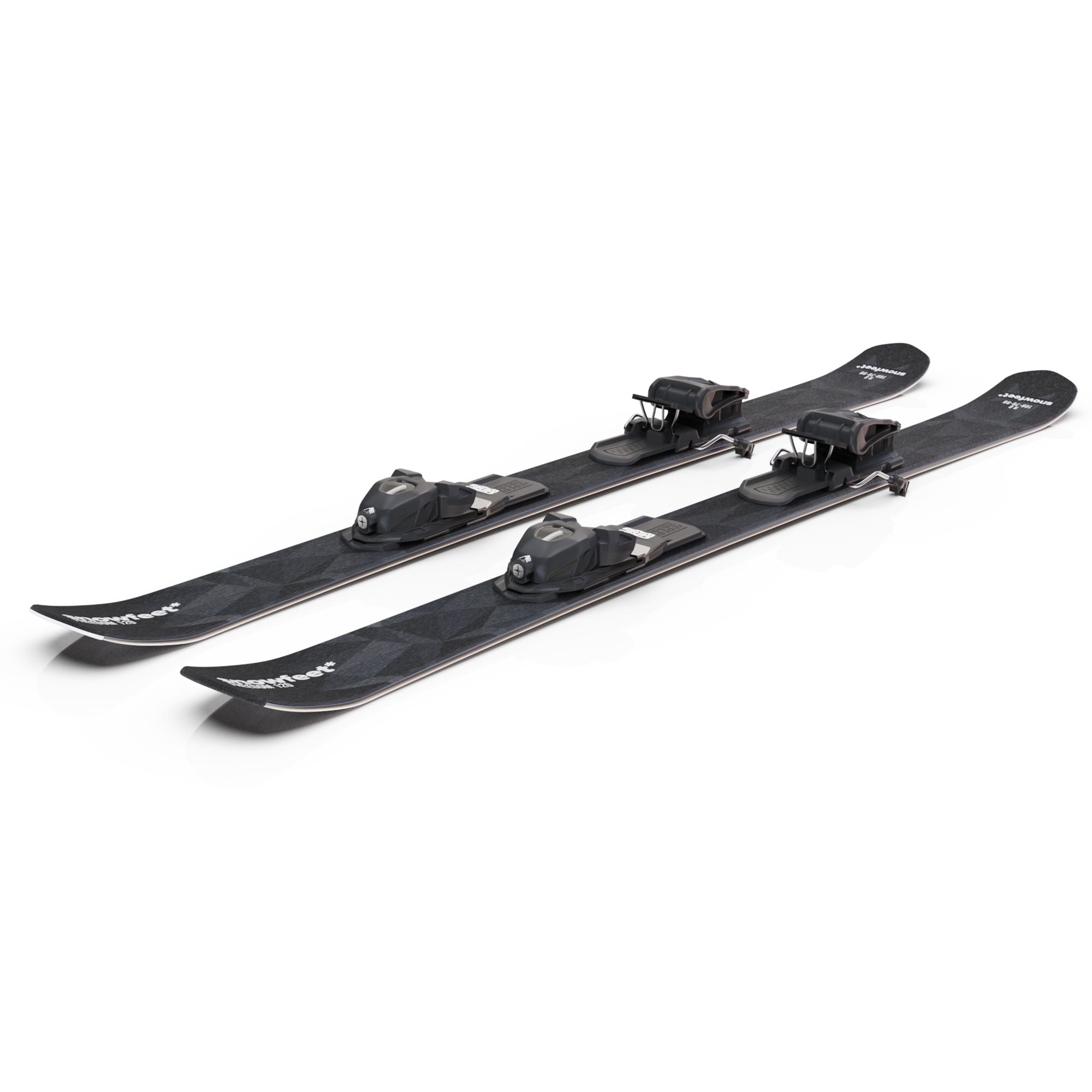
Leave a comment
This site is protected by hCaptcha and the hCaptcha Privacy Policy and Terms of Service apply.